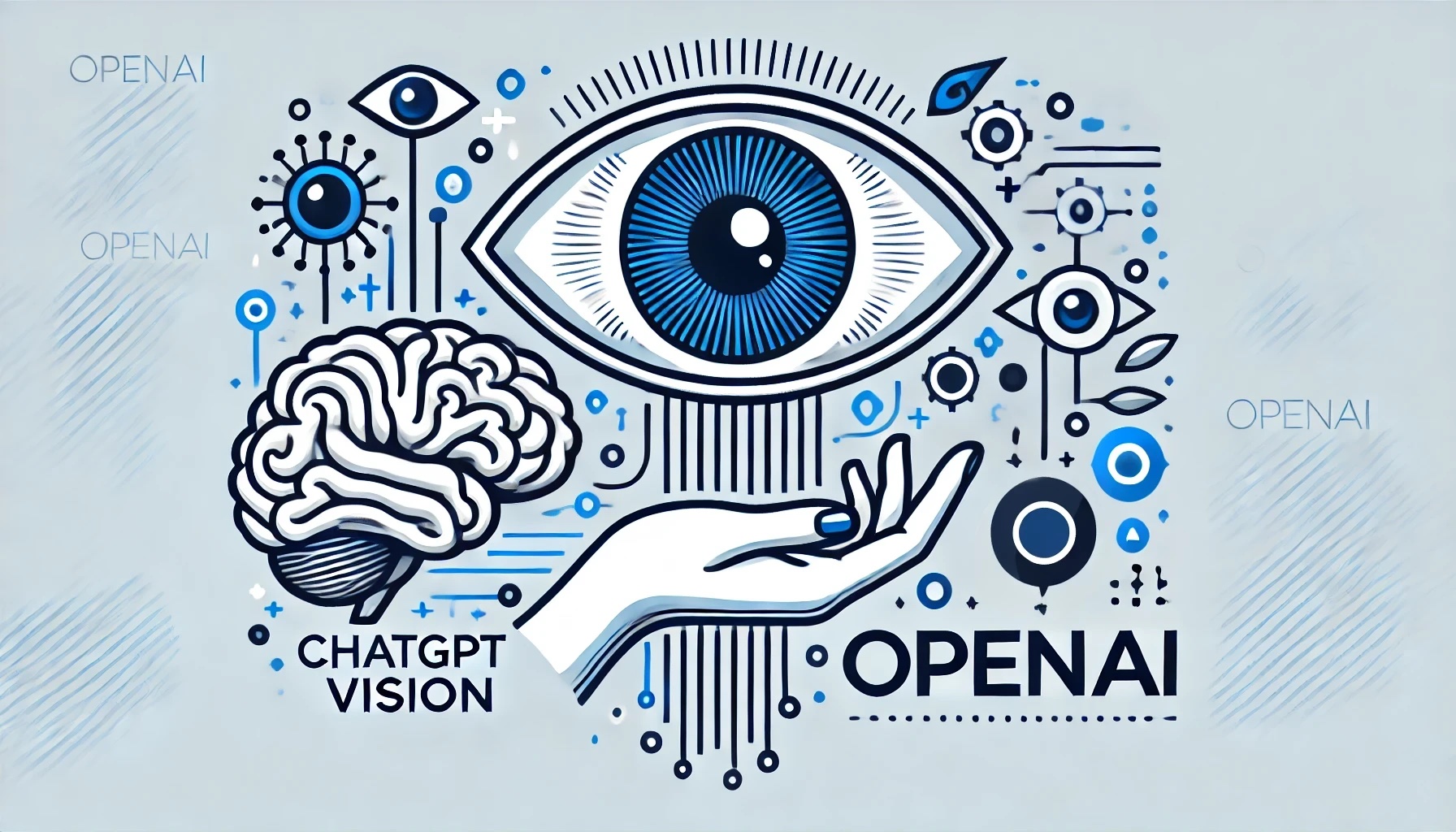As the world becomes increasingly digitized, the rise of artificial intelligence (AI) tools has transformed how we communicate, work, and entertain ourselves. A prime example of this transformation is the emergence of AI chatbots, which have become a common feature in various professional and personal tasks. Among the multitude of AI chatbots available today, three stand out as the most popular: ChatGPT, Google Bard, and Bing Chat. This article aims to provide an in-depth comparison of these three AI chatbots and their capabilities, helping you choose the one that is best suited to your needs.
What Exactly Are AI Chatbots?
AI chatbots are software applications that use artificial intelligence to engage users in conversation. They can respond to users’ inputs, answer questions, and even perform tasks. The most advanced AI chatbots, like ChatGPT, Google Bard, and Bing Chat, use sophisticated natural language processing algorithms to understand and generate human-like text.

A Closer Look at ChatGPT
ChatGPT is an AI chatbot developed by OpenAI, a leading player in the AI space. The ‘GPT’ in its name stands for ‘Generative Pretrained Transformer’, a type of machine learning model that it uses. ChatGPT is best known for its ability to generate coherent and contextually relevant responses to prompts, making it a popular choice for both professionals and hobbyists.
ChatGPT was introduced to the public in November of the previous year, and since then, it has gained significant traction. As of now, it boasts over 100 million users, and its website sees 1.8 billion visitors each month.
Key Features of ChatGPT
ChatGPT uses a two-stage model for learning, starting with unsupervised pre-training on large amounts of text data and then fine-tuning based on specific tasks. This makes it capable of comprehending and generating human-like text based on the context of the conversation.
However, like any AI model, ChatGPT is not perfect and can sometimes falter when dealing with nuanced topics. For instance, in a simple math problem where the answer should be five, it incorrectly stated that the answer was two.
ChatGPT comes in two versions: the free version, which runs on the GPT-3.5 model, and the premium version, ChatGPT Plus, which runs on the more advanced GPT-4 model and costs $20 a month. The GPT-4 model is larger and more powerful, with over 100 trillion parameters compared to the 175 billion parameters of GPT-3.5.
A Deep Dive into Google Bard
Next, we have Google Bard, an AI chatbot developed by Alphabet, the parent company of Google. Unlike ChatGPT, which uses GPT technology, Google Bard uses a different model called LaMDA, which stands for Language Model for Dialogue Applications. This model enables Bard to generate conversational responses that are more natural and coherent.
Bard’s training data is real-time and up-to-date, as it has access to Google’s vast collection of search data. This gives Bard an edge in providing current and relevant responses. However, it’s important to note that Bard is not without its flaws. For instance, it can sometimes produce irrelevant or nonsensical responses, decreasing the overall user experience.
Key Features of Google Bard
One of Google Bard’s standout features is its ability to generate multiple answers for a single query, giving users a variety of options to choose from. This feature combined with its access to real-time search data makes Bard a valuable tool for tasks that require up-to-date information.
That said, Bard still needs to improve in some areas. For instance, its responses can sometimes be copied word-for-word from random websites without proper attribution. This can pose a plagiarism concern for users who rely on Bard for content creation.
An Overview of Bing Chat
Last but not least, we have Bing Chat, an AI chatbot developed by Microsoft. Bing Chat uses the same GPT-4 model as ChatGPT, but with a twist. Microsoft fine-tunes the responses generated by Bing Chat using data from its search engine, Bing. This allows Bing Chat to provide personalized and accurate responses.
Bing Chat offers a unique combination of generative AI and internet access, which makes it an excellent tool for tasks that require information retrieval. Furthermore, Bing Chat is completely free to use and doesn’t require a paid subscription like ChatGPT Plus.
Key Features of Bing Chat
What sets Bing Chat apart from ChatGPT and Google Bard is its ability to generate visual features, a capability that is currently lacking in the other two chatbots. Bing Chat can generate images based on user descriptions, which can be very useful for visual communication.
Moreover, Bing Chat offers a variety of conversational styles, including Creative, Balanced, and Precise. These styles allow users to alter the tone and nature of the interactions to suit their preferences.
Comparing the Performance of ChatGPT, Google Bard, and Bing Chat
To compare the performance of these three AI chatbots, let’s use a simple prompt: “I have 5 oranges today, I ate 3 oranges last week. How many oranges do I have left?” The correct answer should be five, as the number of oranges eaten last week doesn’t affect the number of oranges available today.
ChatGPT, running on the GPT-3.5 model, incorrectly answered that there are two oranges left. However, when upgraded to the GPT-4 model available in ChatGPT Plus, it provided the correct answer.
Google Bard, on the other hand, completely failed in answering the question correctly, indicating that it still has some way to go in understanding and interpreting prompts correctly.
Bing Chat, being powered by the GPT-4 model, managed to answer the question correctly, showcasing its superior logical reasoning ability.
In terms of speed, Google Bard emerged as the fastest, followed by ChatGPT Plus and Bing Chat. However, the speed can vary depending on the complexity of the prompts and the load on the servers.
Which AI Chatbot Should You Choose?
The choice of an AI chatbot largely depends on your specific use case. If you need a chatbot for content generation, creative writing, or brainstorming, then ChatGPT might be the best choice. On the other hand, if you need accurate and up-to-date information, then Bing Chat would be a better option. As for Google Bard, it is still a work in progress and might not be suitable for complex tasks at this point.
It’s also worth noting that all three chatbots have their own privacy policies, and they collect and use data from your conversations to improve their performance. Therefore, it’s recommended to avoid sharing sensitive or private information during your interactions with these chatbots.
In conclusion, AI chatbots like ChatGPT, Google Bard, and Bing Chat are revolutionizing how we interact with technology. As they continue to evolve and improve, we can look forward to a future where AI chatbots become an integral part of our daily lives.
References
- What is ChatGPT? Here’s everything you need to know
- What is Google Bard? Here’s everything you need to know
- What is the new Bing? Here’s everything you need to know
- How to use ChatGPT: What you need to know now
- How to use Bing Chat (and how it’s different from ChatGPT)
- How to use Google Bard now
- How (and why) to subscribe to ChatGPT Plus
- 7 advanced ChatGPT prompt-writing tips you need to know
- The 10 best ChatGPT plugins of 2023 (and how to make the most of them)
- I’ve tested a lot of AI tools for work. These are my 5 favorite so far
- Human or bot? This Turing test game puts your AI-spotting skills to the test
Disclaimer: The Author acknowledges that AI technology may have been utilized in generating the content of this site. However, the Author assumes no responsibility or liability for any errors or omissions in the content. The information provided on this site is intended to be informative and helpful, but it is provided on an “as is” basis with no guarantees of completeness, accuracy, usefulness, or timeliness. Visit our website disclaimer page as a reference.



